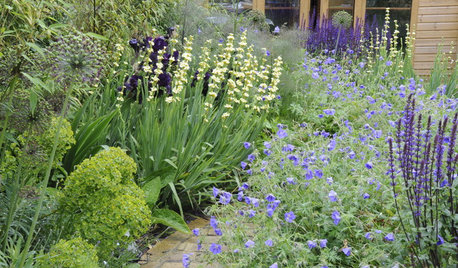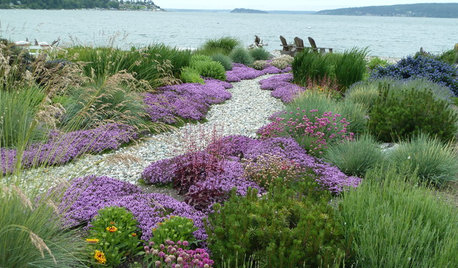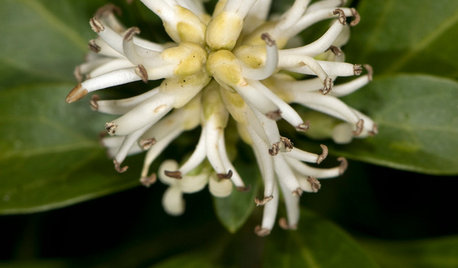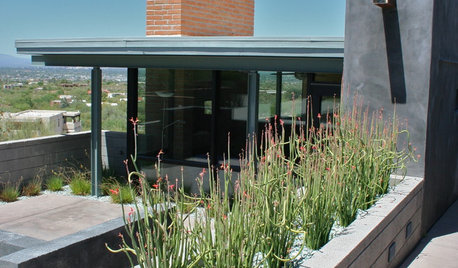Plant uses
hunter_gatherer
14 years ago
Related Stories

LANDSCAPE DESIGNThe 7 Best Plant Types for Creating Privacy and How to Use Them
Follow these tips for using different kinds of plants as living privacy screens
Full Story
PLANTING IDEAS5 Ways to Use Pastel Plantings in Contemporary Gardens
Learn how pink, lilac, lavender, cream and peach can bring a soft beauty to your landscape
Full Story
PLANTING IDEAS7 Ways to Use Drifts and Masses In Your Garden
Whether in formal or natural landscapes, grasses or succulents planted en masse elevate the garden
Full Story
GRASSES10 Ways to Use Ornamental Grasses in the Landscape
These low-maintenance plants can add beauty, texture and privacy to any size garden
Full Story
GARDENING GUIDESHow to Use Pachysandra Responsibly in the Landscape
It's tops at covering lots of ground quickly, but be sure this low evergreen plant doesn't spread where it shouldn't
Full Story
DECORATING GUIDESSpare Room? Lucky You. Here are 12 Fresh Ways to Use It
Imagine all the things you could do in your extra space: painting, planting, playing or nothing at all
Full Story
GREEN BUILDINGWorld of Design: The Joy of Moss and Its Modern Uses
This great design plant is 400 million years in the making. See how it’s inspiring art, soothing spaces and building design
Full Story
LANDSCAPE DESIGNSee 5 Unexpected Ways to Use Vines
Vines can grow over slopes, trail off pergolas and add seasonal color to the garden
Full Story
GARDENING GUIDESGreat Design Plant: Slipper Plant
Unthirsty succulent looks great all year and offers an unexpected surprise in fall
Full Story







brandon7 TN_zone7
gardengal48 (PNW Z8/9)
Related Professionals
Windham Landscape Architects & Landscape Designers · Baltimore Landscape Architects & Landscape Designers · Chattanooga Landscape Architects & Landscape Designers · Tomball Landscape Architects & Landscape Designers · Forest City Landscape Architects & Landscape Designers · Bloomington Landscape Contractors · El Segundo Landscape Contractors · National City Landscape Contractors · Saint John Landscape Contractors · West Allis Landscape Contractors · Channahon Fence Contractors · Hammond Fence Contractors · Hull Fence Contractors · Redondo Beach Fence Contractors · Skokie Fence Contractorspineresin
gardengal48 (PNW Z8/9)
hunter_gathererOriginal Author
brandon7 TN_zone7
hunter_gathererOriginal Author
brandon7 TN_zone7
pineresin
brandon7 TN_zone7